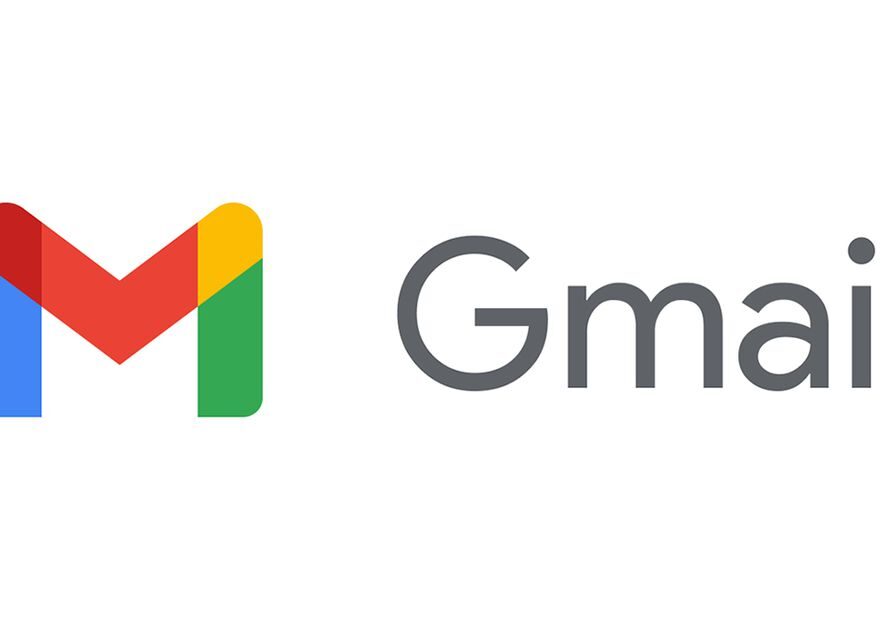In our first week of the beginner digital skills class, we delved into the world of Google and Gmail. The goal was to familiarize everyone with the fundamental tools of modern communication, setting the stage for seamless interaction in both personal and professional settings.
Introduction to Google Accounts and Gmail
Why Email Matters: The 24/7 New Standard Mail
Emails have become the backbone of communication in today’s digital world. Think of email as “Snail Mail 3.0.” It’s the instant, around-the-clock, and easy-to-use upgrade of traditional mail. The U.S. Postal Service has seen a significant reduction in its mail circulation load, with a reported decrease of over 30% in first-class mail since 2006, largely due to the rise of email as the preferred communication method for businesses and individuals alike.
Emails are now the microwave version of communication—quick, efficient, and always accessible. Whether it’s for work, personal matters, or staying informed, nearly every company and service you interact with will require an email address to communicate with you. This makes understanding email platforms, especially Gmail, essential.
Why Gmail?
Gmail stands out as the top-tier email platform, offering a suite of integrated applications that make managing your work and personal life seamless and productive. Google is often considered the king of the internet, and Gmail is a prime example of why. It’s the go-to email service for businesses, schools, hospitals, and countless other organizations, designed to enhance professional, commercial, and managerial productivity.
Gmail isn’t just an email service; it’s a one-stop shop for all your communication and organizational needs. With its powerful tools and user-friendly interface, it’s no wonder that Gmail has become a standard platform across various industries.
Navigating Gmail: The Essentials
Organizing Your Inbox: Folders vs. Labels
One of the key features of Gmail is its ability to help you sort and organize your email conversations. Gmail provides nine default folders (such as Inbox, Sent, Drafts, Spam, etc.) to help you manage your emails efficiently. Moving an email from your Inbox to a specific folder is like filing away a physical letter in a cabinet—it’s no longer in your main view but is stored safely for future reference.
On the other hand, Labels function differently. When you add a Label to an email, it stays in your Inbox, but with an additional identifier. Labels are useful when you want to categorize emails without removing them from your main view.
The Toolbar: A Quick Sorting Guide
Gmail’s toolbar, located above your inbox messages, becomes active when you select an email. This toolbar provides tools to help you sort and manage your emails—whether it’s archiving, deleting, or moving messages to specific folders.

Composing and Managing Emails:
We also covered the basic parts of an email:
– Recipient: The person or group you’re sending the email to.
– Subject: A brief headline summarizing the email’s content.
– Body: The main content of your message.
Additionally, we explored essential email functions like:
– Replying or Forwarding Emails: Keeping the conversation going or sharing it with others.
– CC/BCC: Including other recipients in your email while controlling who sees the email addresses.
– Attachments: Adding files or documents to your emails.
– Adding Contacts: Building your network within Gmail.
Google Account Settings and Personalization
Personalizing your Gmail account is key to making it truly yours. This week, we guided everyone through setting up their Google account settings, including adding a profile photo. Customizing these elements not only makes your account more personal but also helps with recognition and professionalism in your communications.
Looking Ahead
As we progress through the course, each lesson will build on these foundational skills, empowering you to navigate the digital world with confidence. Remember, mastering Gmail is just the beginning. It’s your gateway to a broader digital landscape, where effective communication and organization can open doors to new opportunities.
Keep practicing, and don’t hesitate to reach out if you have any questions or need additional support. We’re here to ensure that you get the most out of this learning experience!
Staying Secure: The Importance of Regularly Updating Your Google Account Settings
In our digital literacy classes, we emphasize not only the importance of using tools like Gmail but also the critical need to keep your Google account secure and up-to-date. Your Google account is more than just your Gmail—it’s the key to accessing a variety of Google services, and it holds much of your personal and sensitive information. That’s why it’s essential to regularly update your account settings, particularly in areas like 2-Step Verification, managing linked devices, and adding a recovery email.

